Watering Limes: How Much Water Do Lime Trees Need In Containers
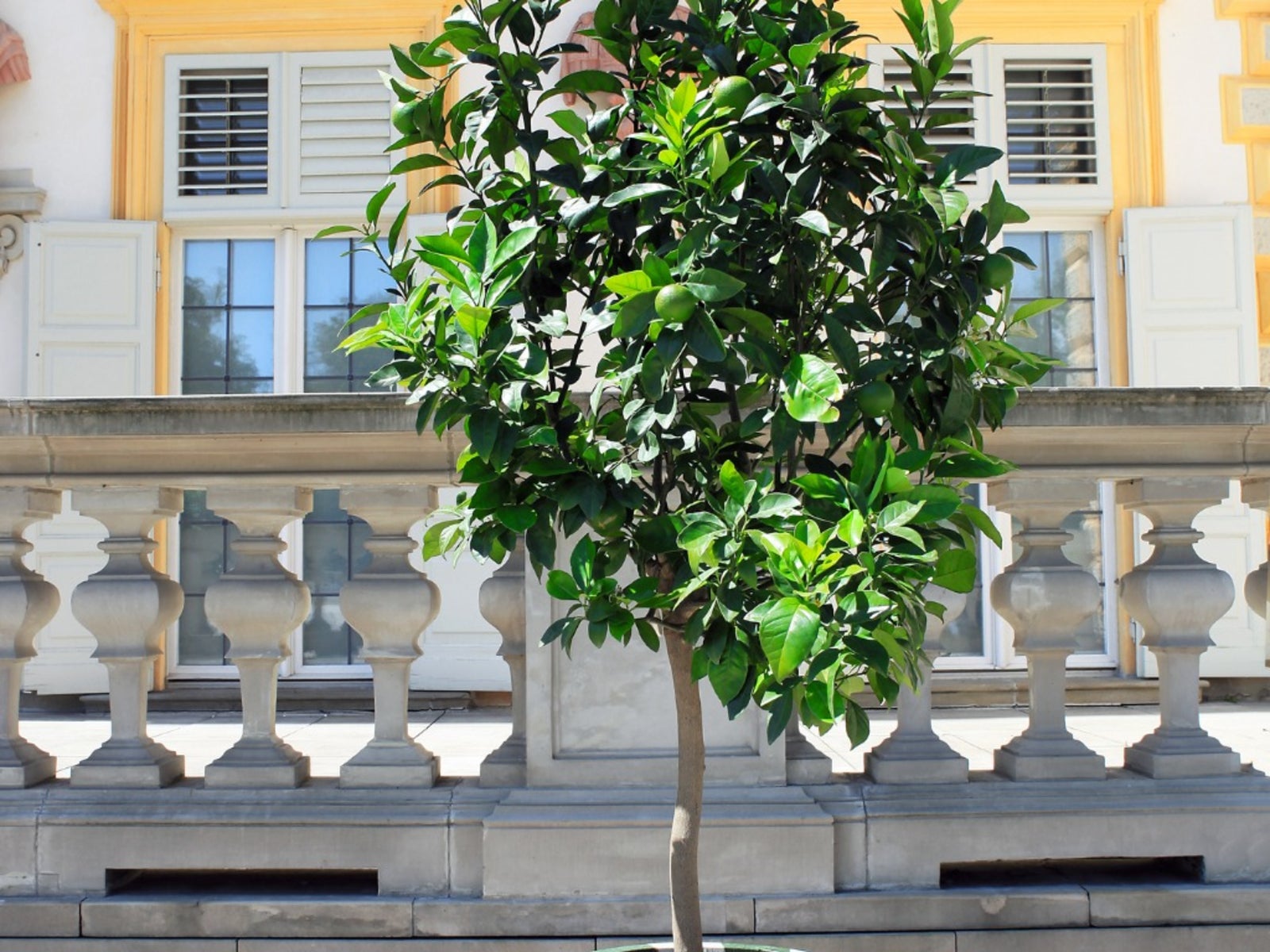
Lime trees and other citrus trees make beautiful aromatic container specimens. Planting limes in pots will also enable you to move the plant around more easily to protect it from weather conditions, but it may also make the tree susceptible to too much or too little lime tree watering. Watering limes can be a bit tricky since the amount of irrigation may affect the roots, in turn affecting the flowering and production of your citrus as well. So the question is, how much water do lime trees need?
When and How to a Water Lime Tree In a Pot
You may wonder when to water lime trees. The simple answer as to when watering limes should occur is when they are thirsty. Watering can be gauged to some extent by the size of the lime tree and its container. In other words, when the upper 1 inch (2.5 cm.) of the soil is dry to the touch, the plant is in need of irrigation. Moisture meters are helpful tools that can be purchased at the garden store. They will measure the moisture at the root level, ensuring the proper watering of limes. When watering limes, irrigate until the water runs from the drainage hole in the bottom of the container. Don't let the lime tree sit in water, which can lead to root rot, causing the leaves to yellow and die off. To prevent this, make sure you plant the tree in a well-draining soil medium and lift the pot slightly with a bed of stones. Lime trees thrive with infrequent deep watering vs. frequent although very light watering. While citrus trees may sustain damage to under-watering, it is more often the result of over-watering that does the most damage. Some container materials such as plastic, metal, and ceramic hold more moisture, while those consisting of wood or clay will dry out more quickly. Another hint as to how much water your lime trees is to lift the pot once it has been thoroughly watered. The weight of the pot when wet (but drained) will give you a clue as to its dryness, hence when to water. If the weather is hot and dry, the lime tree should be watered more frequently. Conversely, cooler temperatures slow growth, so watering limes should be reduced in frequency during the winter months. Use a slow release fertilizer, such as Osmocote, yearly in the early spring (March) combined with proper irrigation for a healthy lime tree.
Gardening tips, videos, info and more delivered right to your inbox!
Sign up for the Gardening Know How newsletter today and receive a free copy of our e-book "How to Grow Delicious Tomatoes".

Amy Grant has been gardening for 30 years and writing for 15. A professional chef and caterer, Amy's area of expertise is culinary gardening.
-
 Looking For Plants To Give You The Soft And Fuzzies? Try These 5 Fuzzy Leaf Plant Options
Looking For Plants To Give You The Soft And Fuzzies? Try These 5 Fuzzy Leaf Plant OptionsLovers of texture, drama, silver foliage and tactile plants will adore these special sensory garden additions. These fuzzy leaf plant options will leave you all aglow
By Susan Albert
-
 Get Ready For A Summer Of Hummers! Grow These Full Sun Hummingbird Plants and Flowers
Get Ready For A Summer Of Hummers! Grow These Full Sun Hummingbird Plants and FlowersIf you’re lucky enough to enjoy a sunny backyard, make sure you are maxing out on your pollinator opportunities and grow these full sun hummingbird plants and flowers
By Tonya Barnett
-
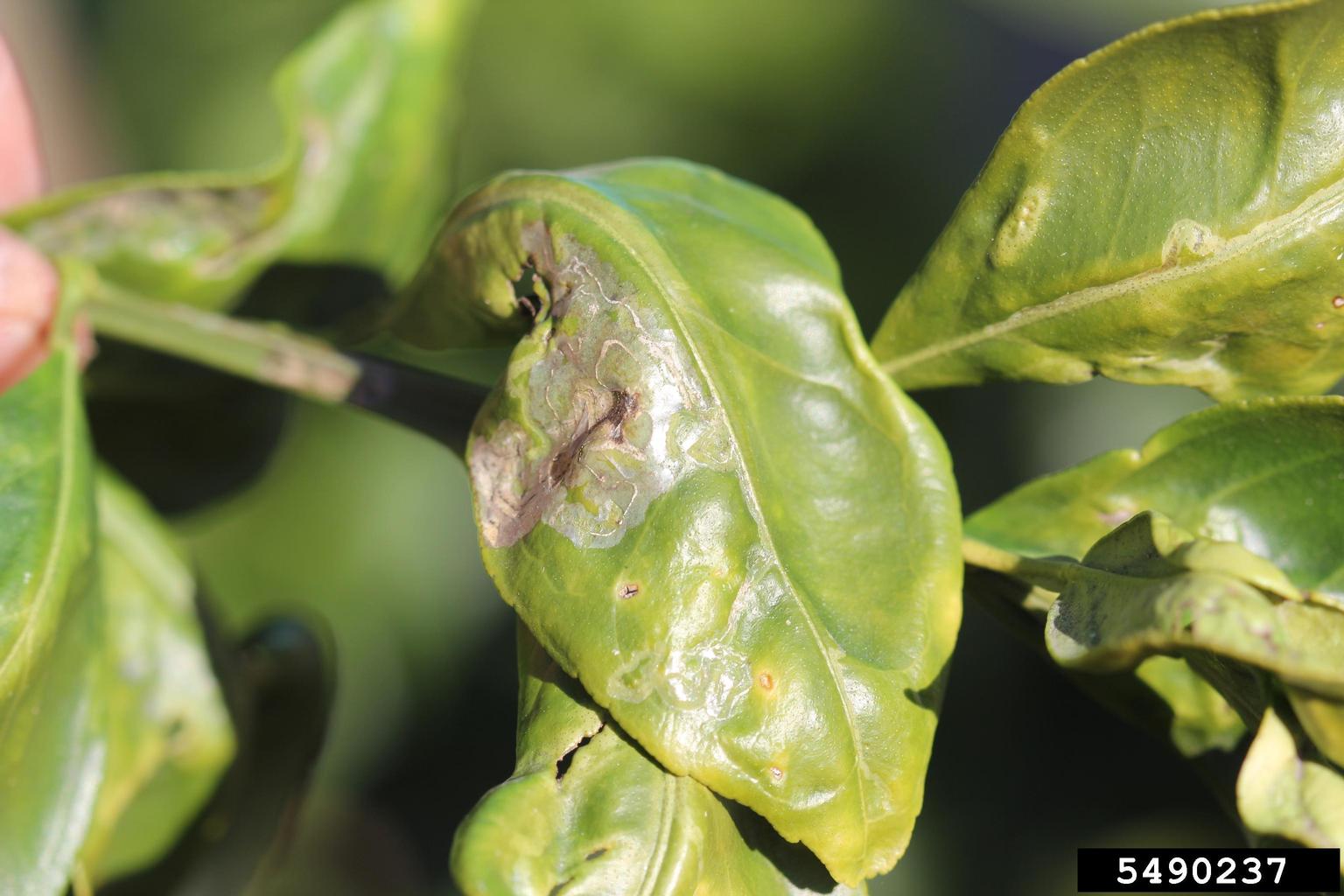 Lime Tree Leaf Curl: What Causes Curling Leaves On Lime Trees
Lime Tree Leaf Curl: What Causes Curling Leaves On Lime TreesYour lime leaves are curling and you have no idea where to start treating them. Have no fear, there are many innocent causes of leaf curl on lime trees. Learn what to look for and how to handle common lime tree leaf curl problems in this article.
By Kristi Waterworth
-
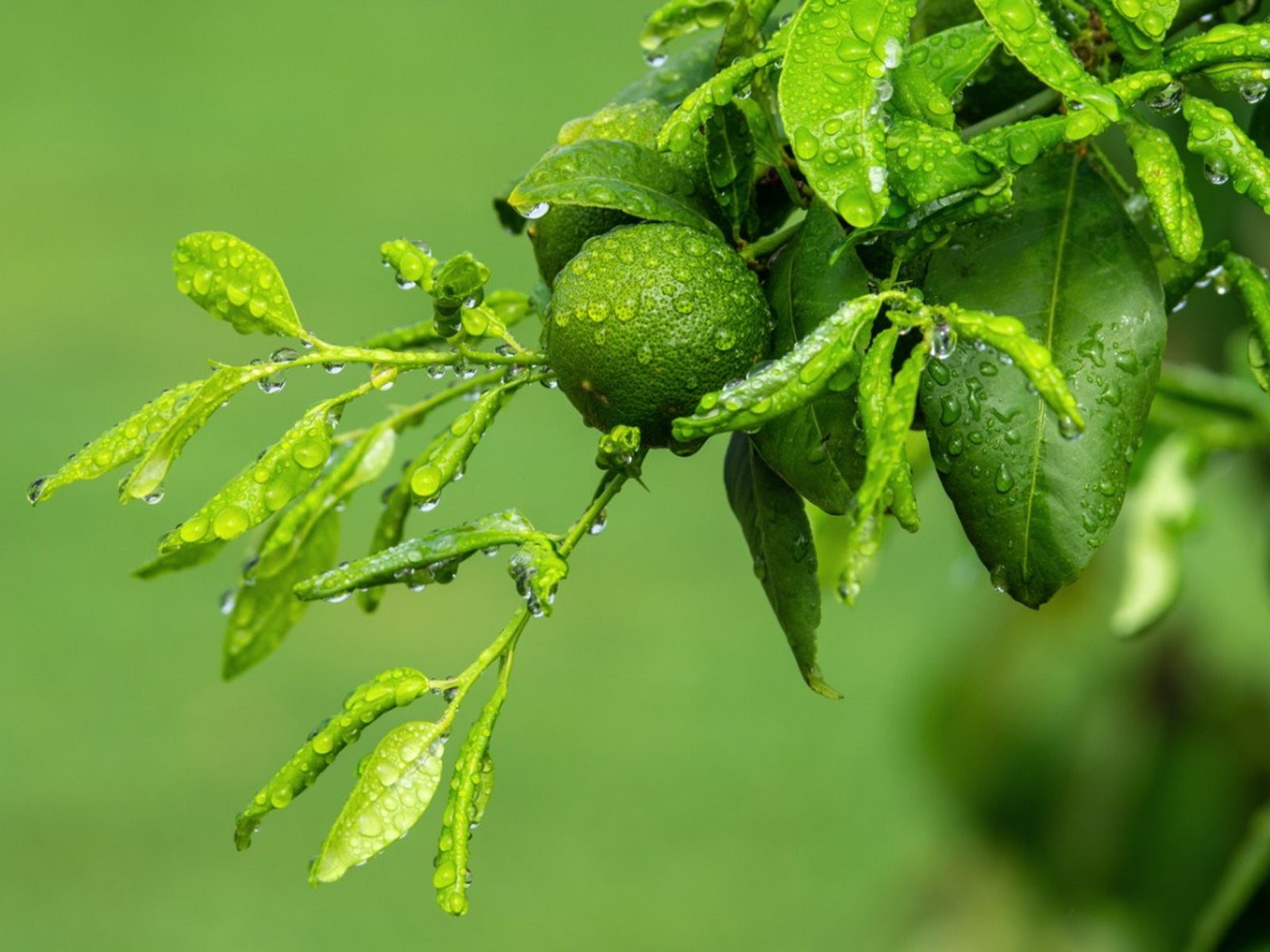 Fertilizing Lime Trees – Learn How To Fertilize A Lime Tree
Fertilizing Lime Trees – Learn How To Fertilize A Lime TreeGot a lime tree? Wondering how to fertilize your lime tree? Lime trees, like all citrus, are heavy feeders and, therefore, need supplemental fertilizer. But the question is, when do you fertilize lime trees? Click here and find out in this article.
By Amy Grant
-
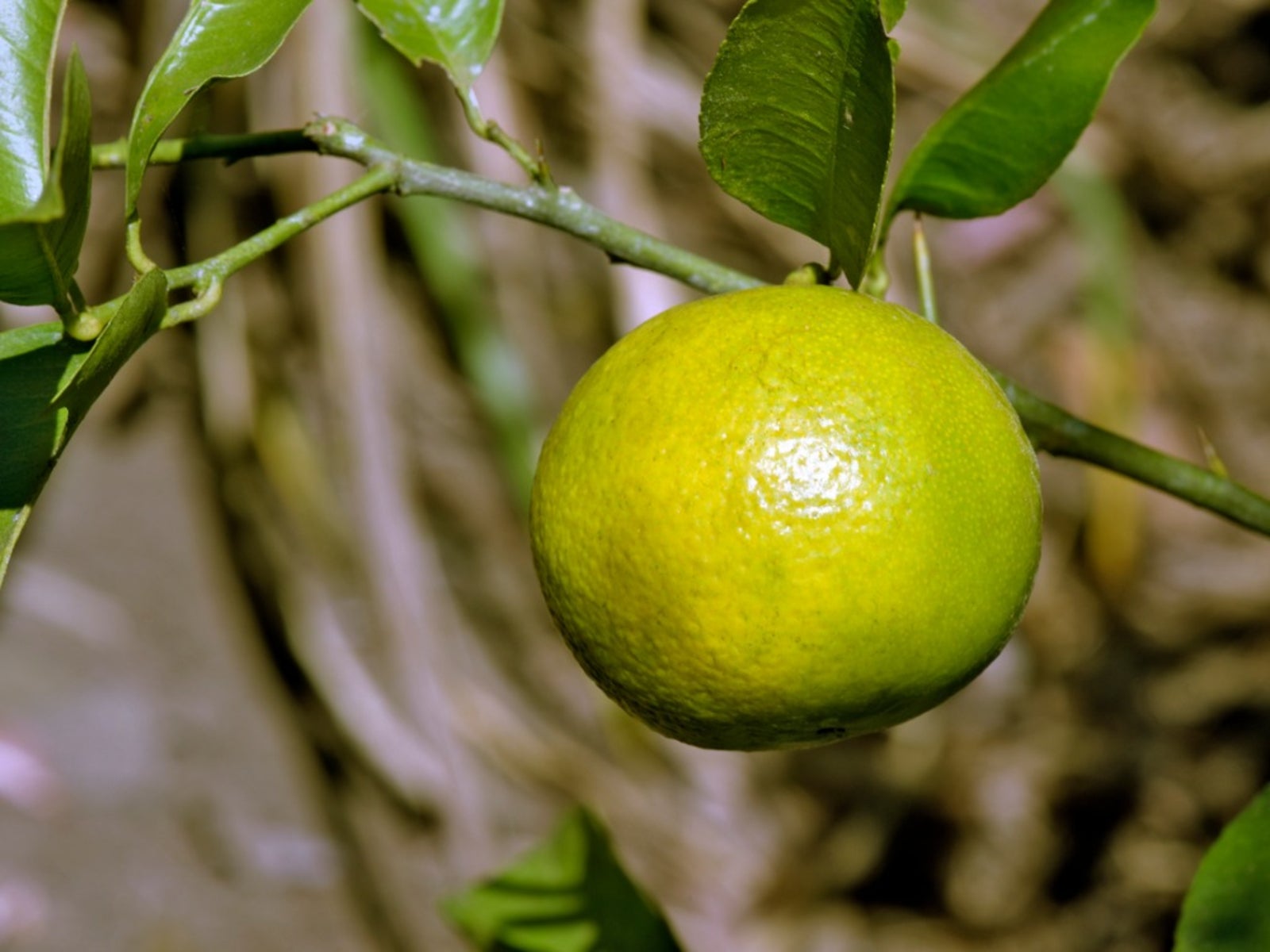 Sweet Lime Varieties – Sweet Lime Tree Growing And Care
Sweet Lime Varieties – Sweet Lime Tree Growing And CareThere's a new citrus on the block! Okay, it isn't new, but fairly obscure in the United States. We're talking sweet limes. Yes, a lime that is less tart and more on the sweet side. Intrigued? This article contains additional information.
By Amy Grant
-
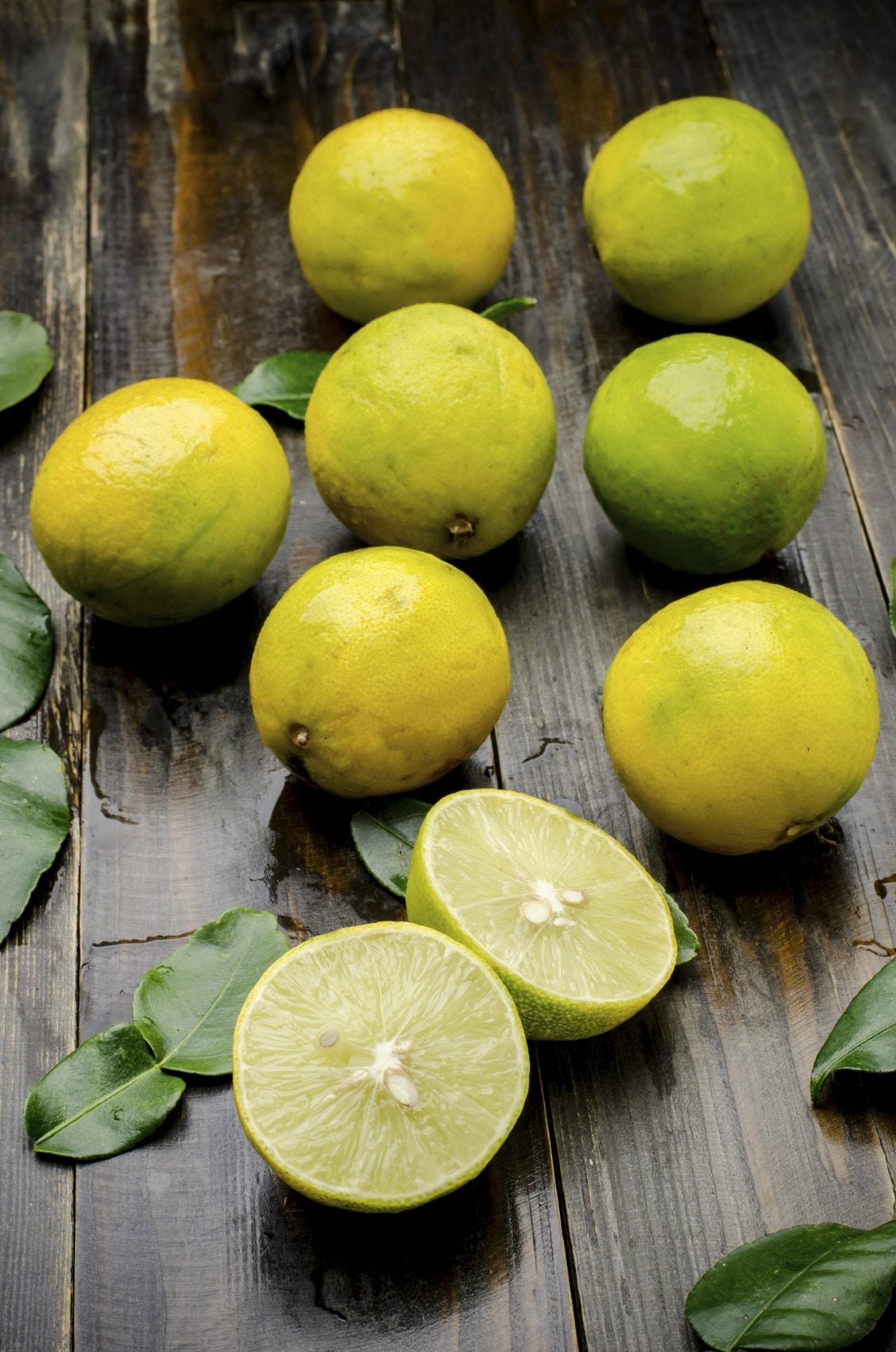 Are Yellow Limes Bad: What To Do With Yellow Limes
Are Yellow Limes Bad: What To Do With Yellow LimesWhen we purchase limes, they are generally fairly firm but with a slight give and uniformly green in color. What happens if you encounter limes with yellow skin though? Are yellow limes bad? Click here to learn more.
By Amy Grant
-
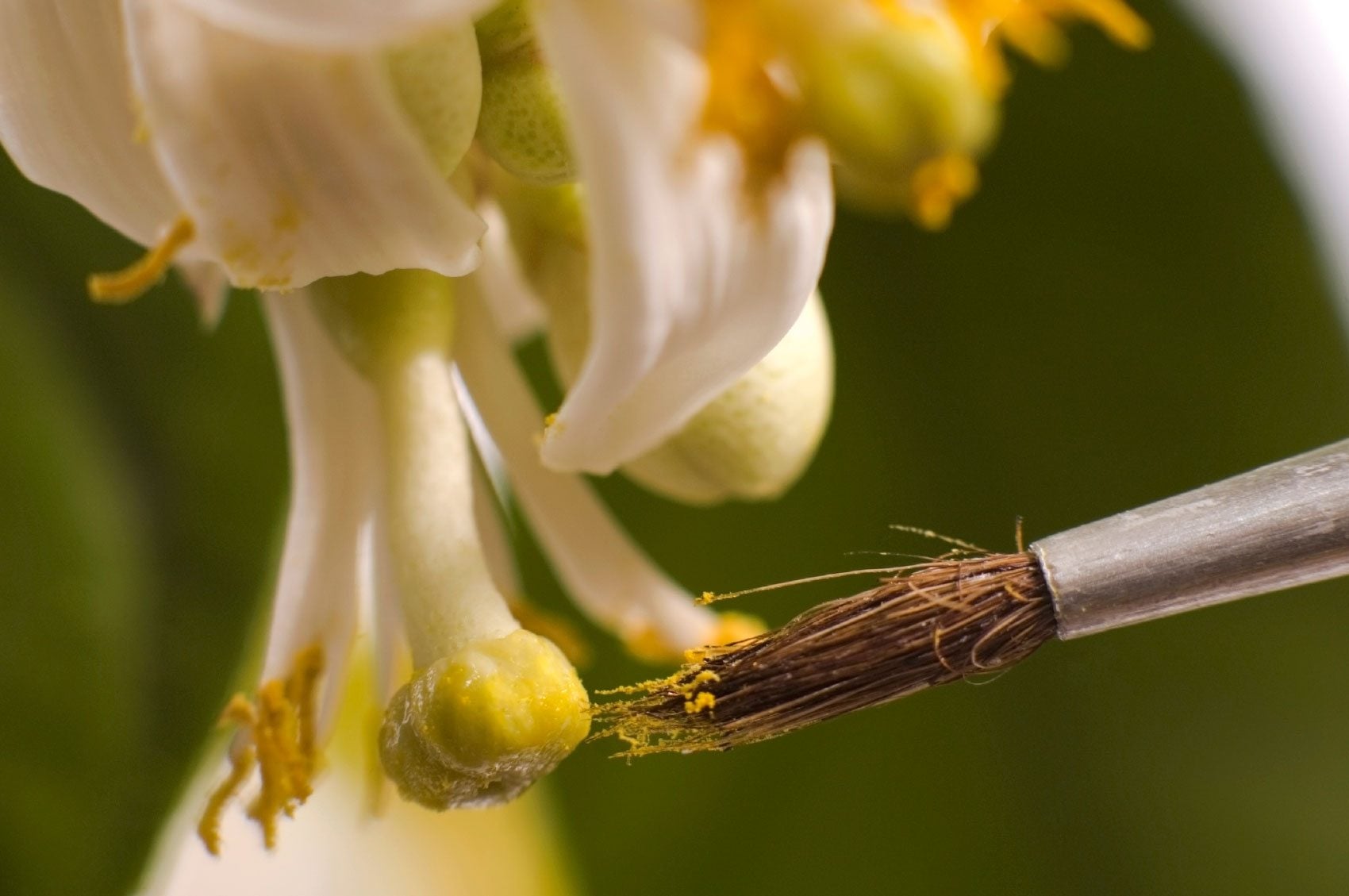 Hand Pollinating Lime Trees: How To Hand Pollinate A Lime Tree
Hand Pollinating Lime Trees: How To Hand Pollinate A Lime TreeIs your lime tree less than stellar in the pollination department? If your yield is meager, perhaps you have wondered if you can hand pollinate limes? This article will help you with hand pollination of lime trees.
By Amy Grant
-
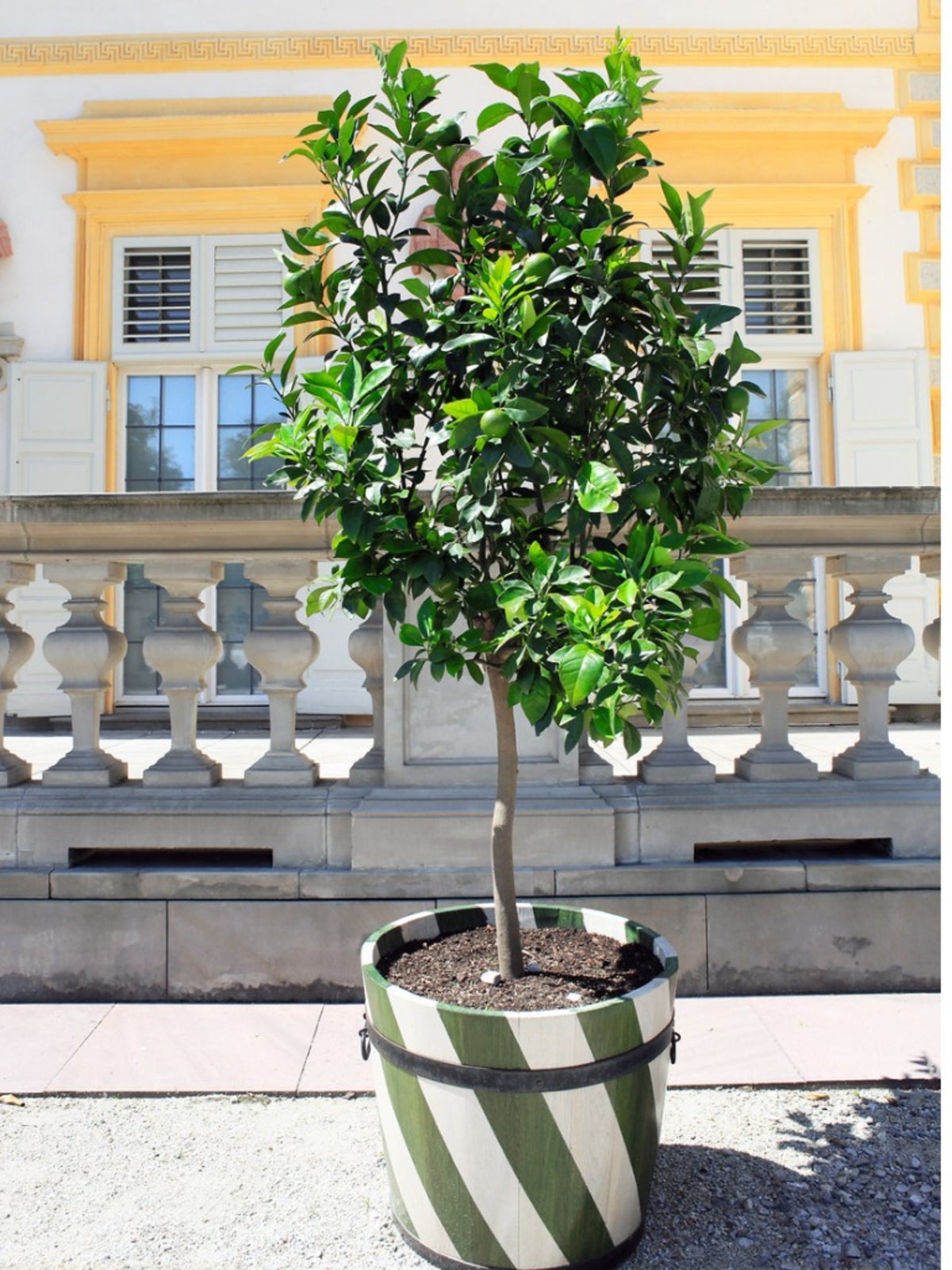 Potted Lime Trees: Caring For Container Grown Lime Trees
Potted Lime Trees: Caring For Container Grown Lime TreesGrowing lime trees in pots have the advantage of ease of movement and protection from cold. The information in this article will help with growing a potted lime tree. Click here to learn more.
By Amy Grant
-
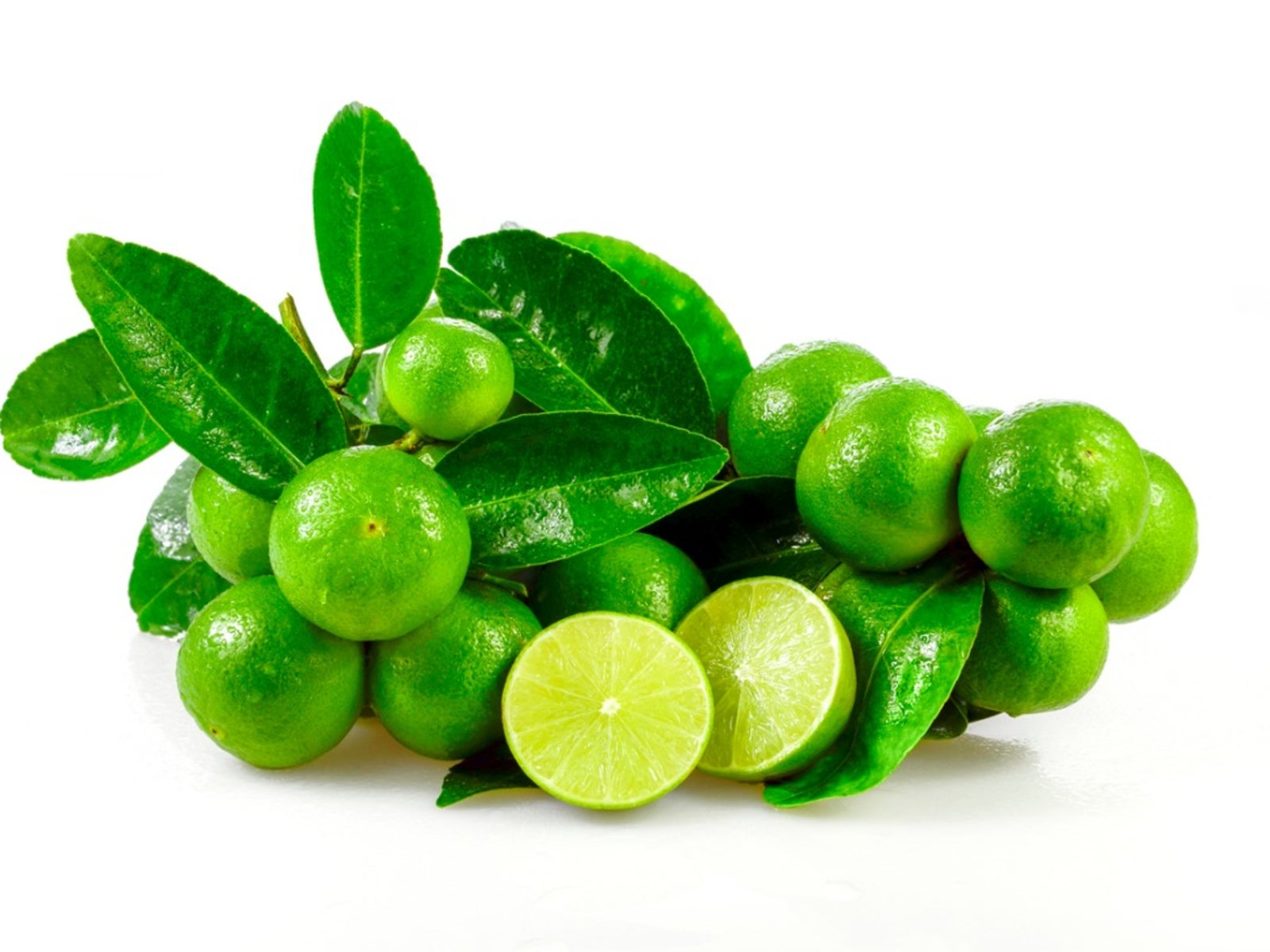 Mexican Key Lime Tree Information: Tips For Growing Key Limes
Mexican Key Lime Tree Information: Tips For Growing Key LimesAlmost anyone can grow Mexican key lime trees if you have the right information. Take a look at the growth and care of key lime trees in the following article and see if this lime tree variety is right for you.
By Gardening Know How
-
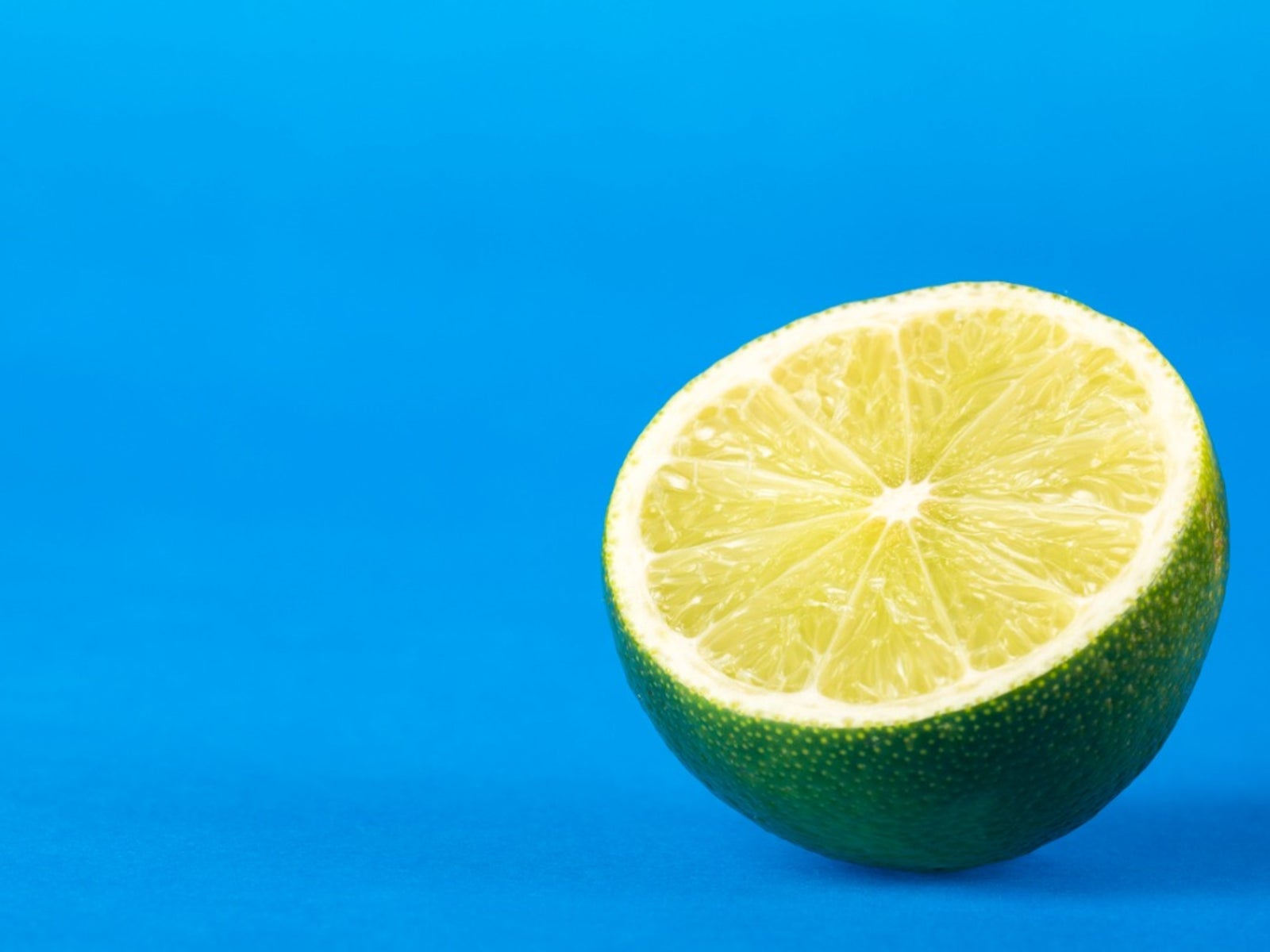 Persian Lime Care - How To Grow A Tahiti Persian Lime Tree
Persian Lime Care - How To Grow A Tahiti Persian Lime TreeThe Tahiti Persian lime tree is a bit of a mystery. Sure, it's a producer of lime green citrus fruit, but what else do we know about this member of the family Rutaceae? Find out about growing Tahiti Persian limes here.
By Amy Grant